Home > Auctions > 21 - 25 February 2023
Ancient Art, Antiquities, Natural History & Coins
Auction Highlights:
Acquired from Owen Hargreaves, 2003.
UK private collection.
Cf. Korabiewicz, W., The Ethiopian cross, Addis Ababa, 1973, fig.66.
The Ethiopian manual cross is usually divided in three parts: the cross at the top; the handle; and a square element, the tablet, at the base. It is not easy to define the origin of the cross-borne tablets. There are three suppositions as to what they signify: according to one, the tablet represents the earth with its four corners. According to the second one, the tablet represents Adam's grave on Calvary. The third one is that it represents the Tabot, the highest relic of Ethiopia, the Ark of the Covenant. The cross belongs to the Kernebege (Horns of Ram) group, where the tips of the cross are reminiscent of ram's horns or trefoils. Inscriptions are only very rarely found on wooden, manual crosses like this maskal. They usually give the name of the owner or donor.
English private collection.
This lot has been checked against the Interpol Database of stolen works of art and is accompanied by search certificate number no.11684-199805.
Cf. Historic England Archive, reference CC52/00545, for a photograph of the 'original' reconstruction of the vase taken whilst located at Warwick Castle.
The original vase was reputedly discovered at Hadrian's Villa, in Tivoli, Italy in 1771 A.D.; now in the Burrell Collection, Glasgow, Scotland. The vase is not entirely reconstructed from original elements but incorporates the restorer's interpretation of how missing elements of the vase likely appeared. The original vase was named after the 2nd Earl of Warwick who acquired it from his uncle, Sir William Hamilton, in c.1775.
English private collection.
French collection, 1960s-early 2000s.
From an important Paris gallery, France.
with Ader Auction, Paris, France, 24th November 2017, lot 218.
The Venus of the Dolphin is a carrera marble statue dating from the 4th century B.C. which inspired copies dating from the Roman period, some of which survive and are housed in the Prado Museum, Madrid and the Capitoline Museum in Rome and elsewhere.
French collection, 1960s-early 2000s.
From an important Paris gallery, France.
The original 'Bathing Venus' statue in bronze has been attributed to Giambologna (Giovanni da Bologna) (1529-1608), and was probably created for King Henry IV of France as a diplomatic gift from Ferdinando I de’ Medici, Grand Duke of Tuscany. This is a neoclassical interpretation of that Renaissance statue.
French collection, 1960s-early 2000s.
From an important Paris gallery, France.
with Hampel Fine Art Auctions GmbH & Co KG, Munich, Germany, 12 December 2014, lot 1912.
The original Greek bronze (now lost) dated to circa 460–450 B.C., but the work is known through numerous Roman copies in marble.
English private collection.
French collection, 1960s-early 2000s.
From an important Paris gallery, France.
The original statue of nude Aphrodite (Venus) was created for the Temple of Aphrodite at Knidos as a devotion monument. It represented the nude Goddess as she proceeded for the ceremonial bath that regenerated her pureness, discreetly concealing herself with her hand and holding a cloth with her other hand. The monument is famous for its beauty, and it is intended to be seen from every aspect.
French collection, 1960s-early 2000s.
From an important Paris gallery, France.
Modelled on the so-called Capitoline Centaurs, specifically the Young Centaur, which was found as one of a pair of centaurs during the excavation of Hadrian’s Villa in 1736; the Roman Old and Young centaur pair were themselves based on Hellenistic originals.
French collection, 1960s-early 2000s.
From an important Paris gallery, France.
with Auktionshaus Kaupp GmbH, Salzburg, Germany, 25 September 2016.
This lot has been checked against the Interpol Database of stolen works of art and is accompanied by search certificate number no.11688-199351.
Cf. Uffizi, Florence, inventory no. 1914 n.188.
The statue is modelled on an ancient original, commonly thought to represent Aphrodite. The original statue of the Crouching Venus was excavated in Salona (modern Solin near Split, Croatia). It was purchased for the Vatican Museums from where it was confiscated by the French under Napoleon, and subsequently returned to the Vatican in 1816.
French collection, 1960s-early 2000s.
From an important Paris gallery, France.
with Marion Antique Auction, USA, 8 June 2019, lot 131.
This lot has been checked against the Interpol Database of stolen works of art and is accompanied by search certificate number no.11689-199352.
The statue copies a Roman copy of a famous type created in the school of the Greek sculptor Praxiteles in the 4th century B.C. Villa de Papiri. A similar copy exists in the collection of the British Museum, London, under accession no. 1864,1021.1.
French collection, 1960s-early 2000s.
From an important Paris gallery, France.
This lot has been checked against the Interpol Database of stolen works of art and is accompanied by search certificate number no.11690-199345.
Cf. The Metropolitan Museum, New York, accession number 15.143, for a similar bust of 1st-2nd century A.D. date.
229 - 240 of 2116 LOTS


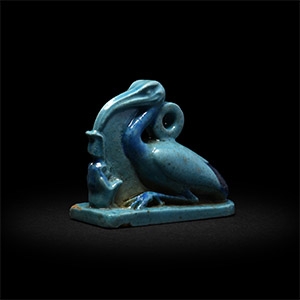



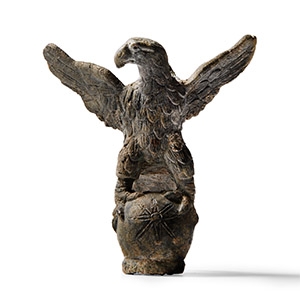
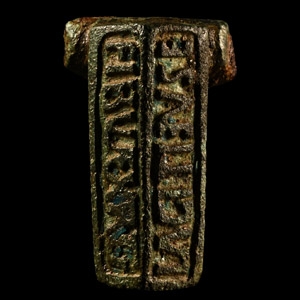

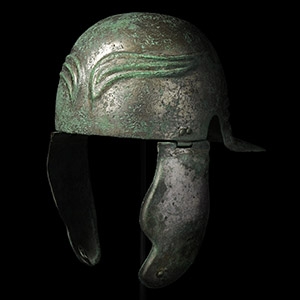
.jpg)
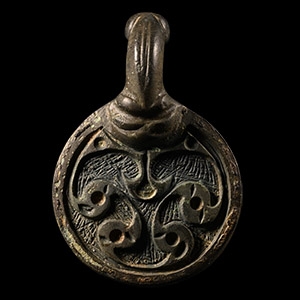
.jpg)
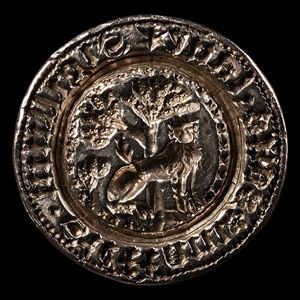
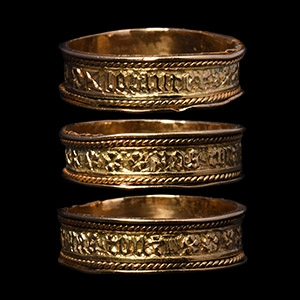


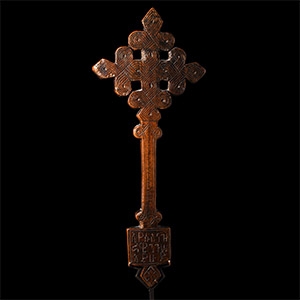
.jpg)

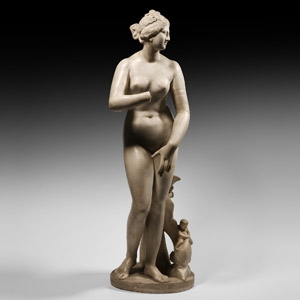
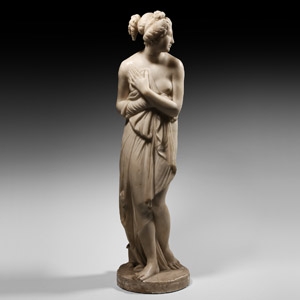
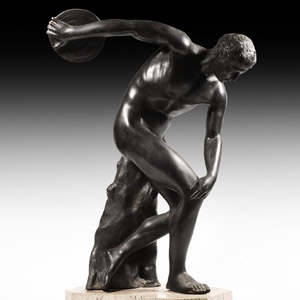
.jpg)


.jpg)




